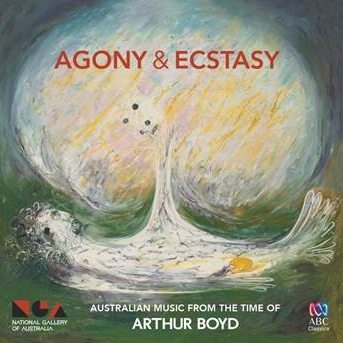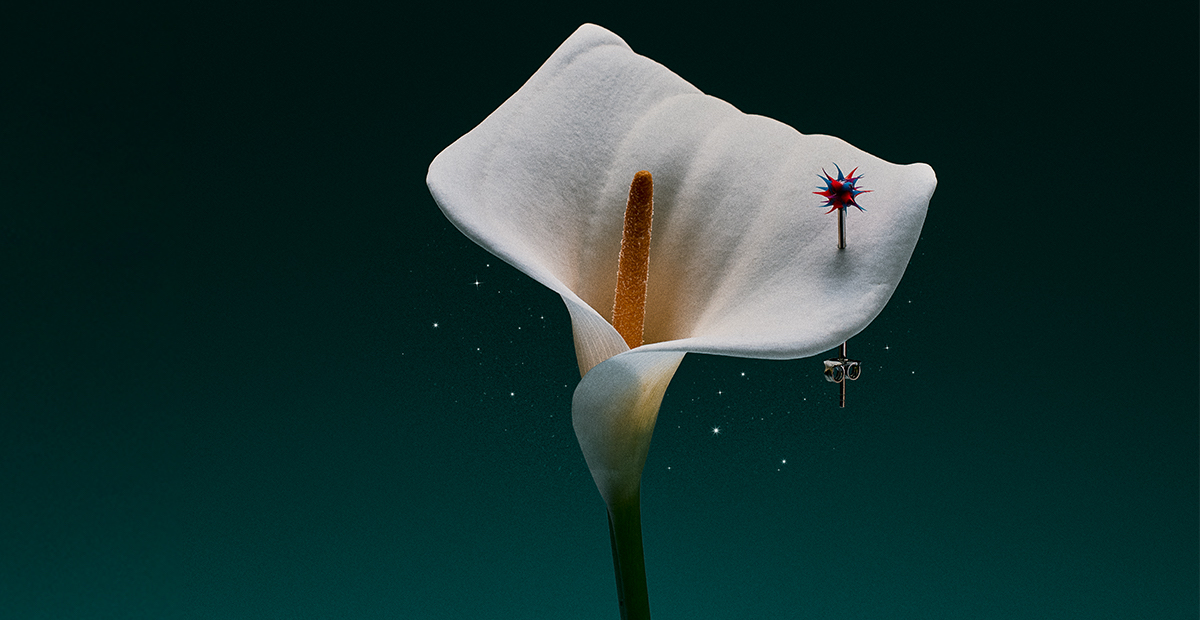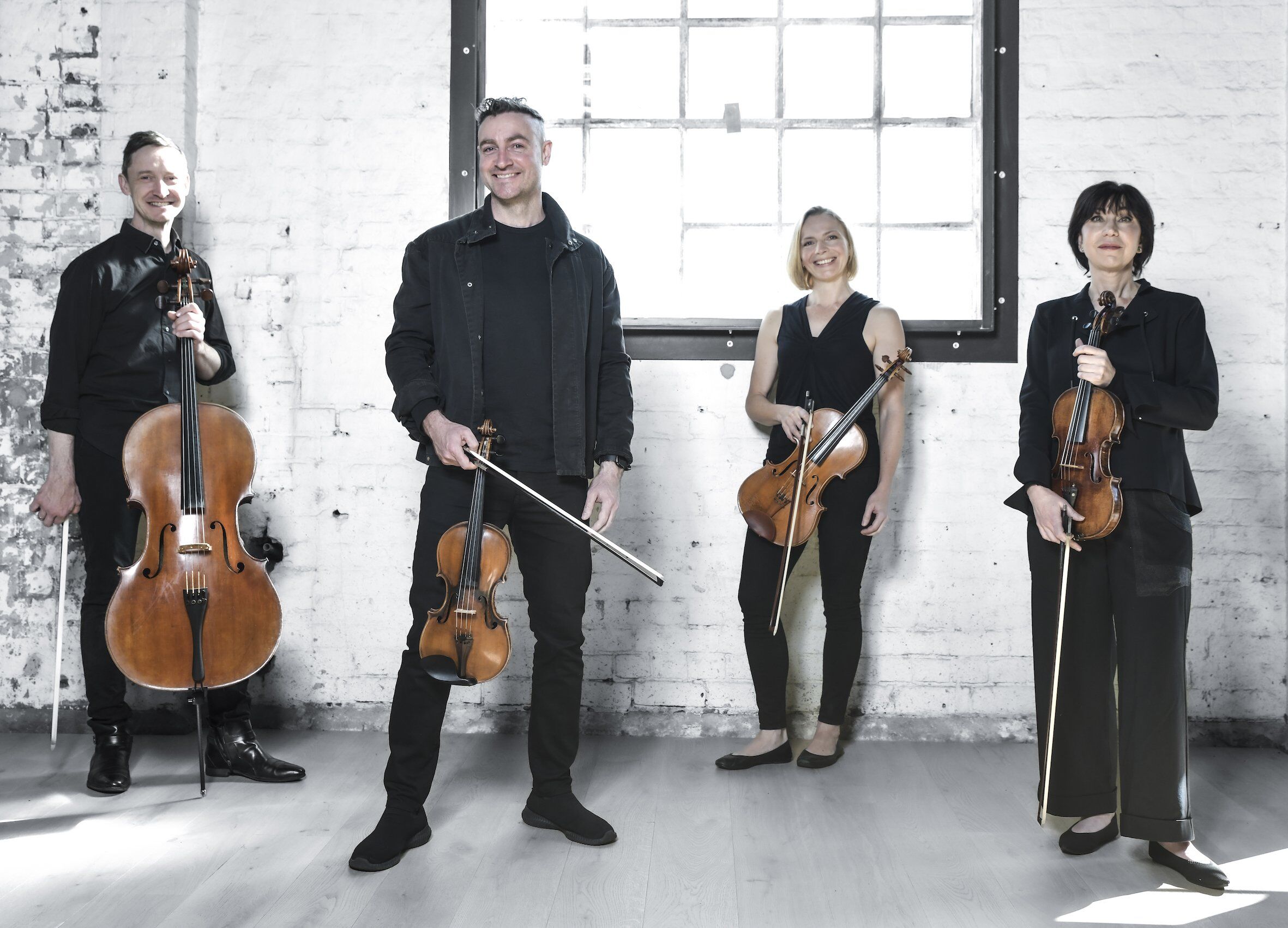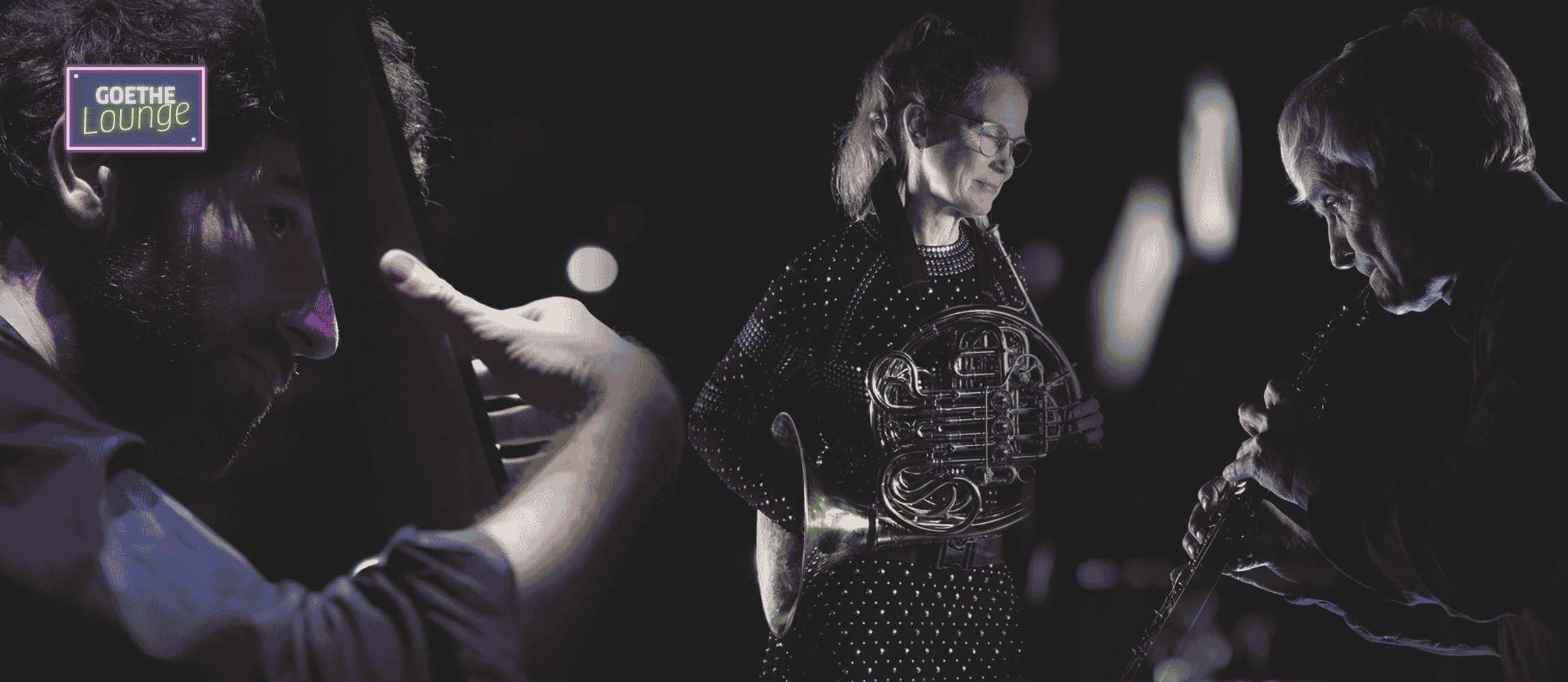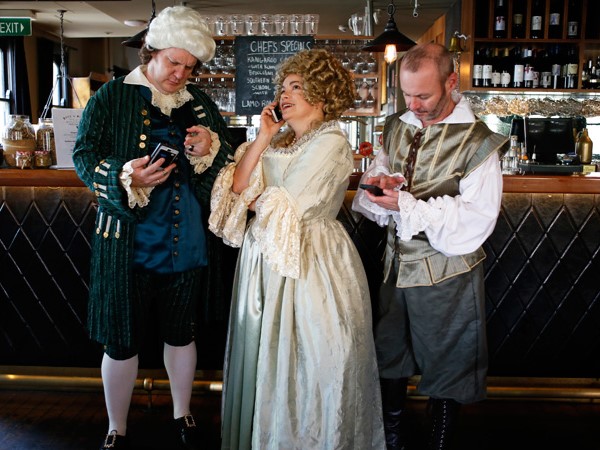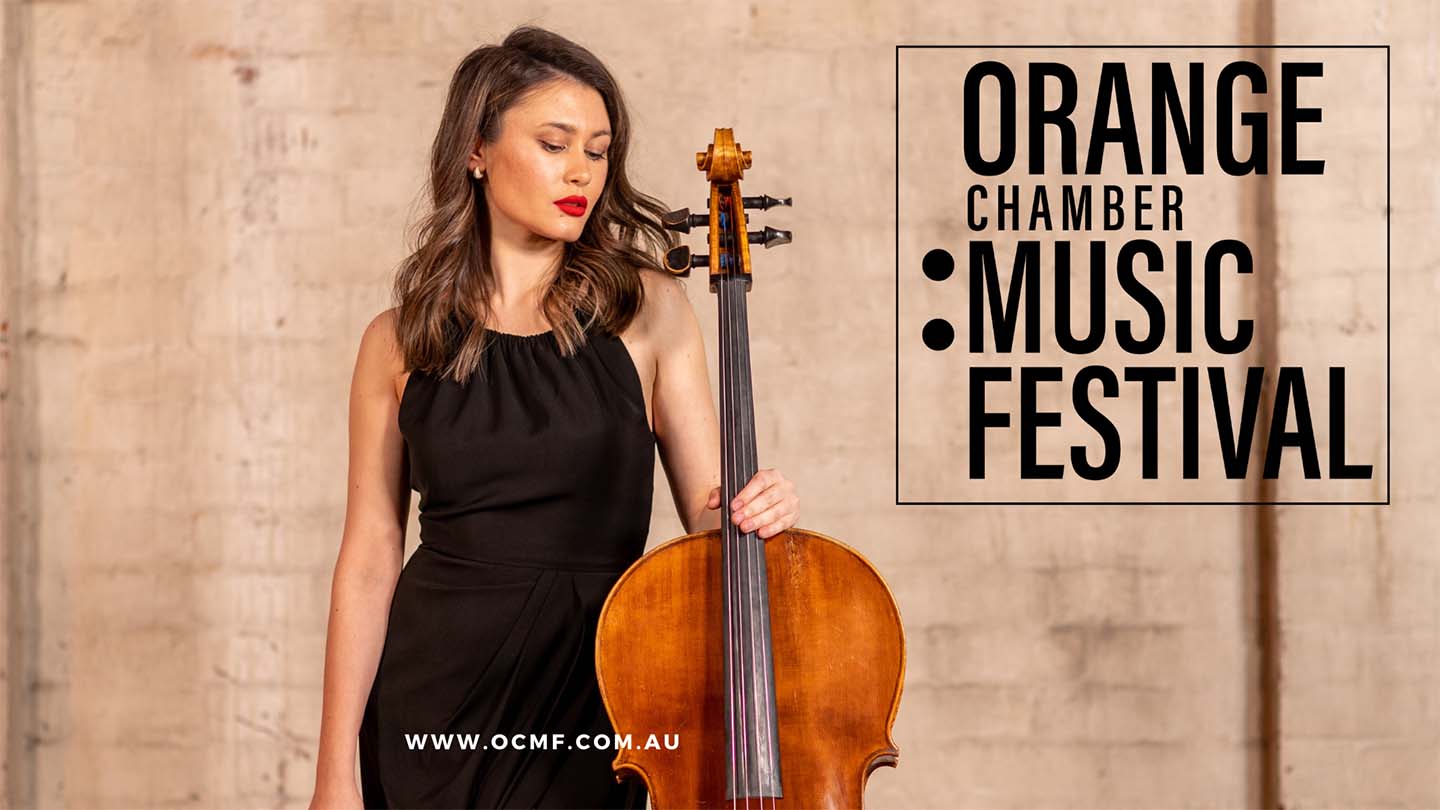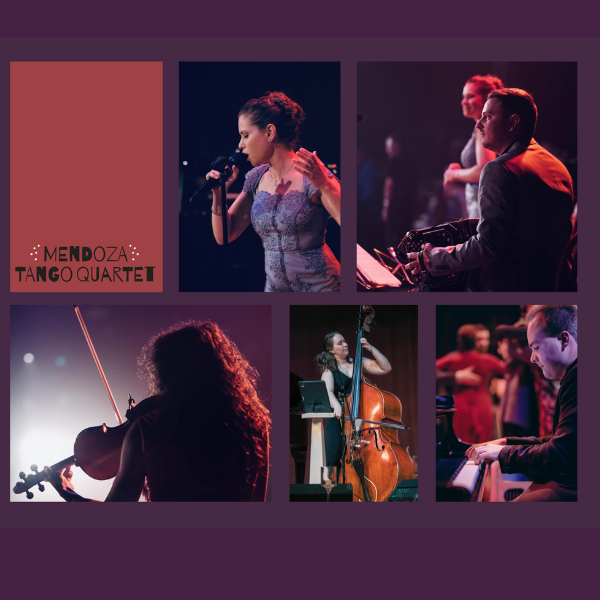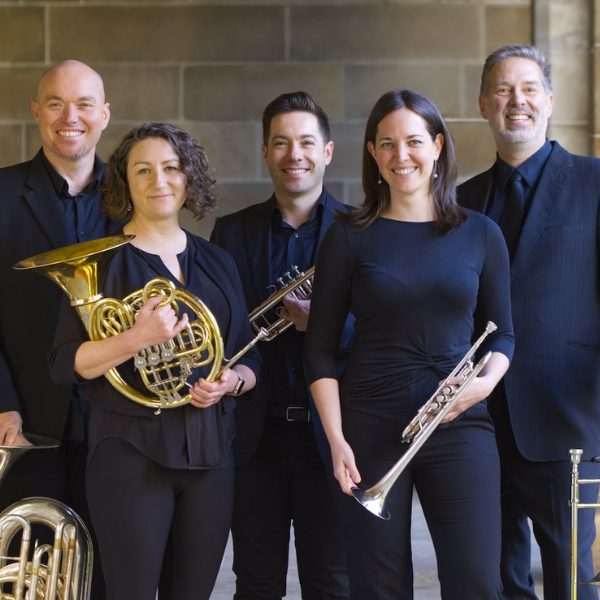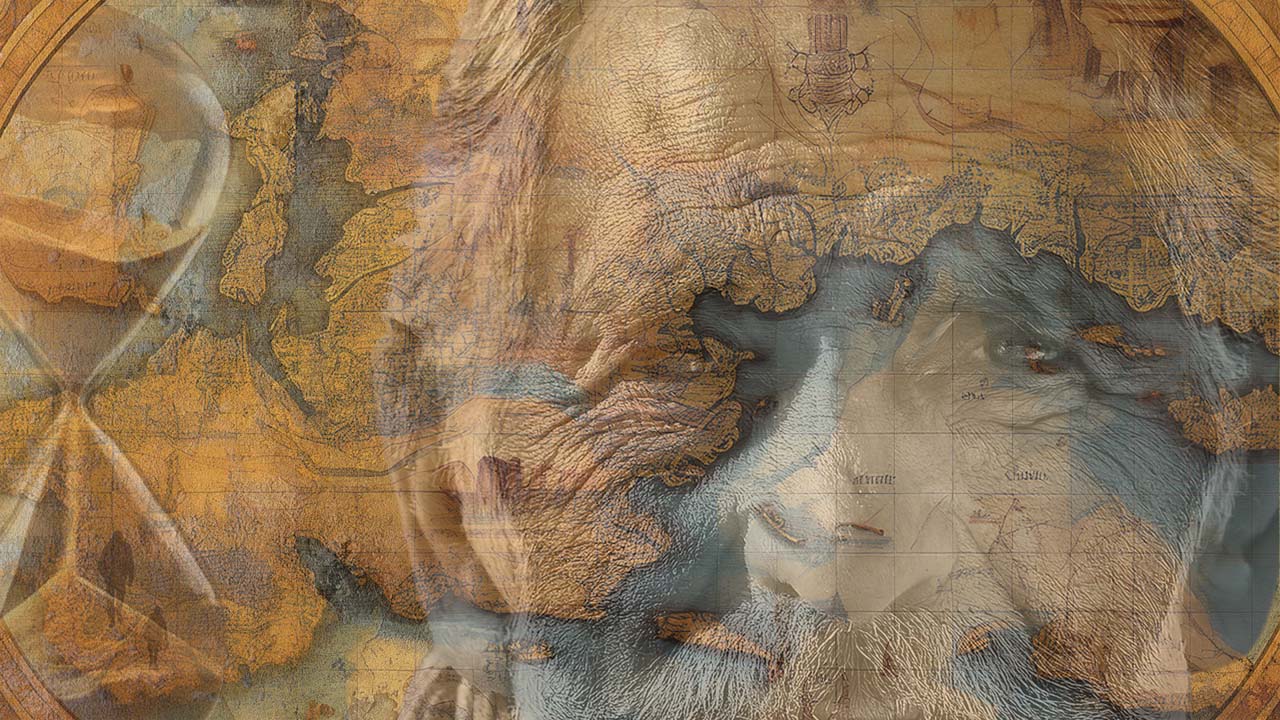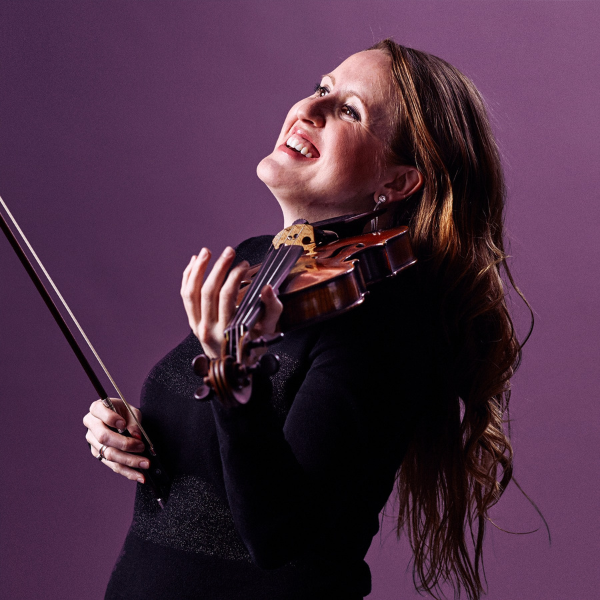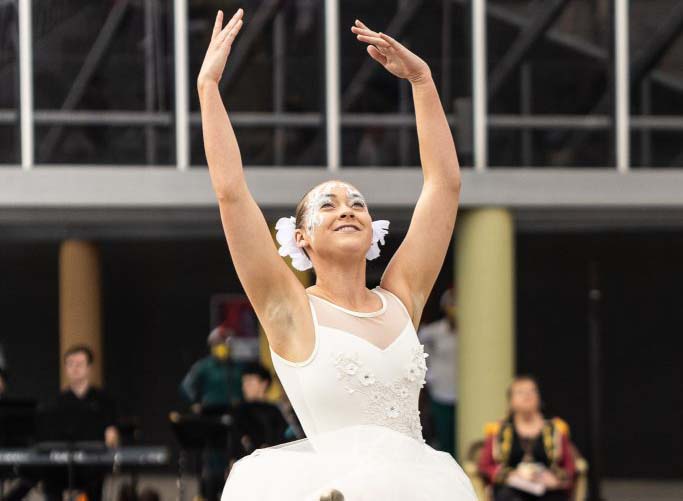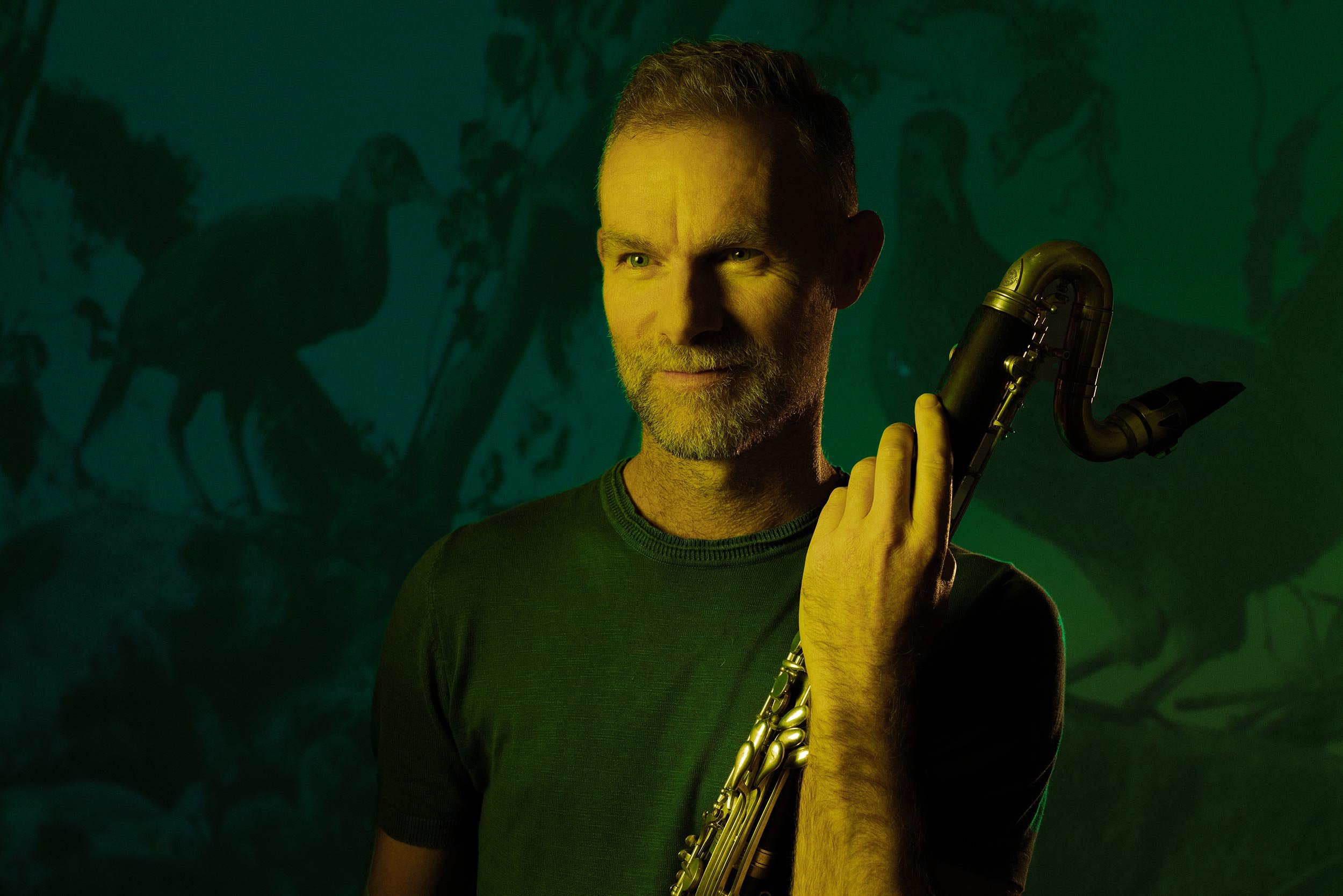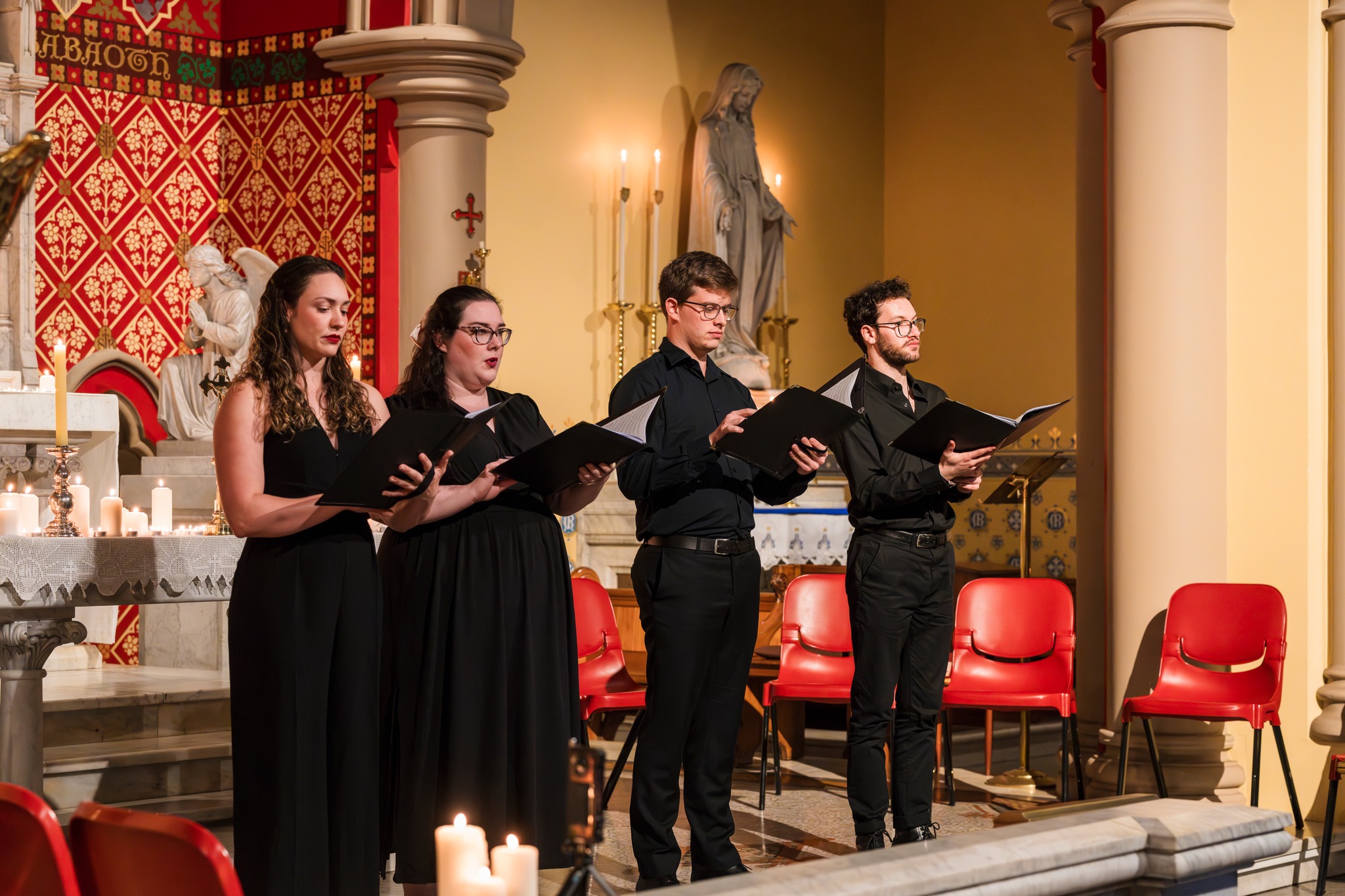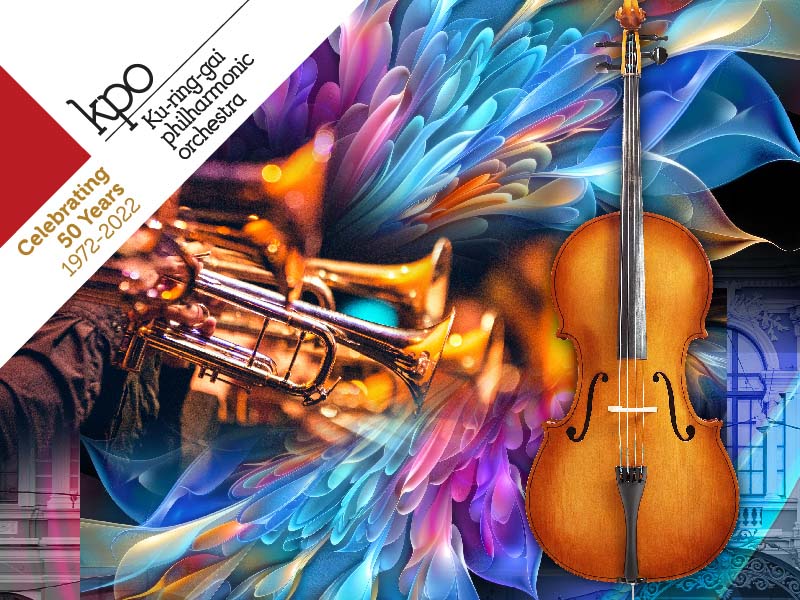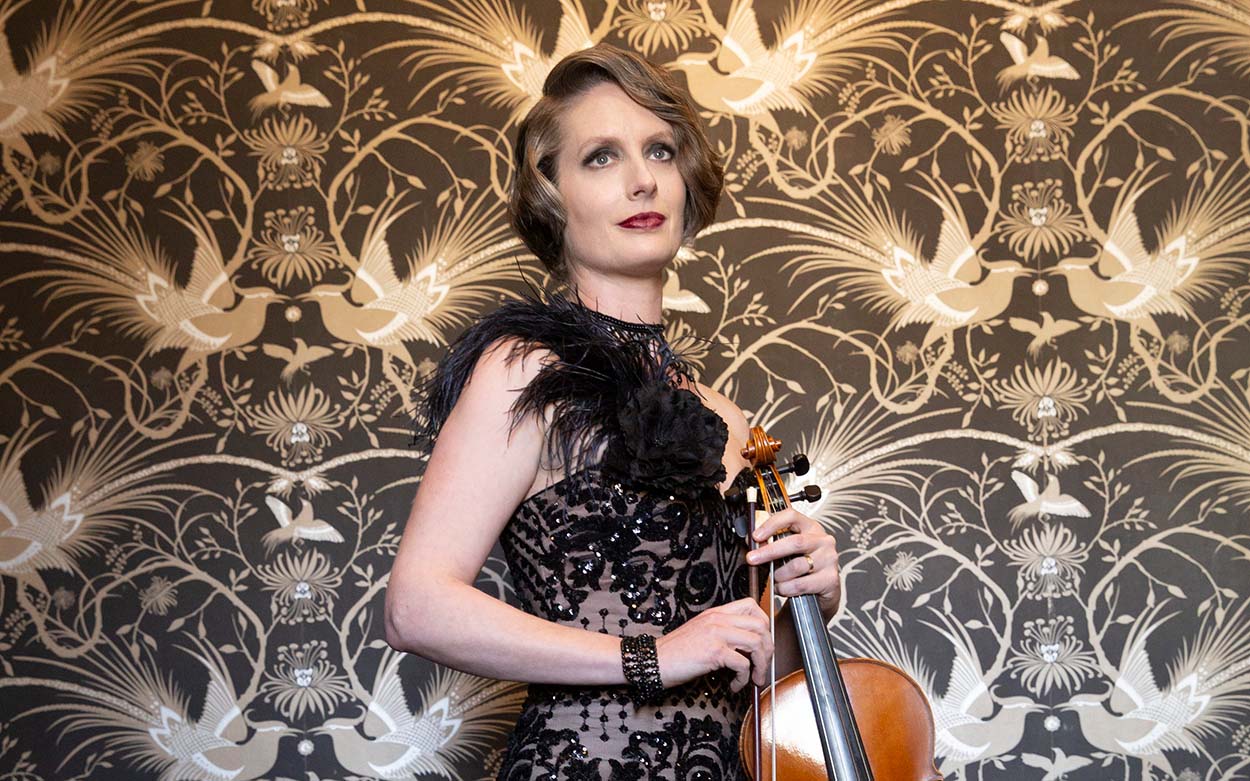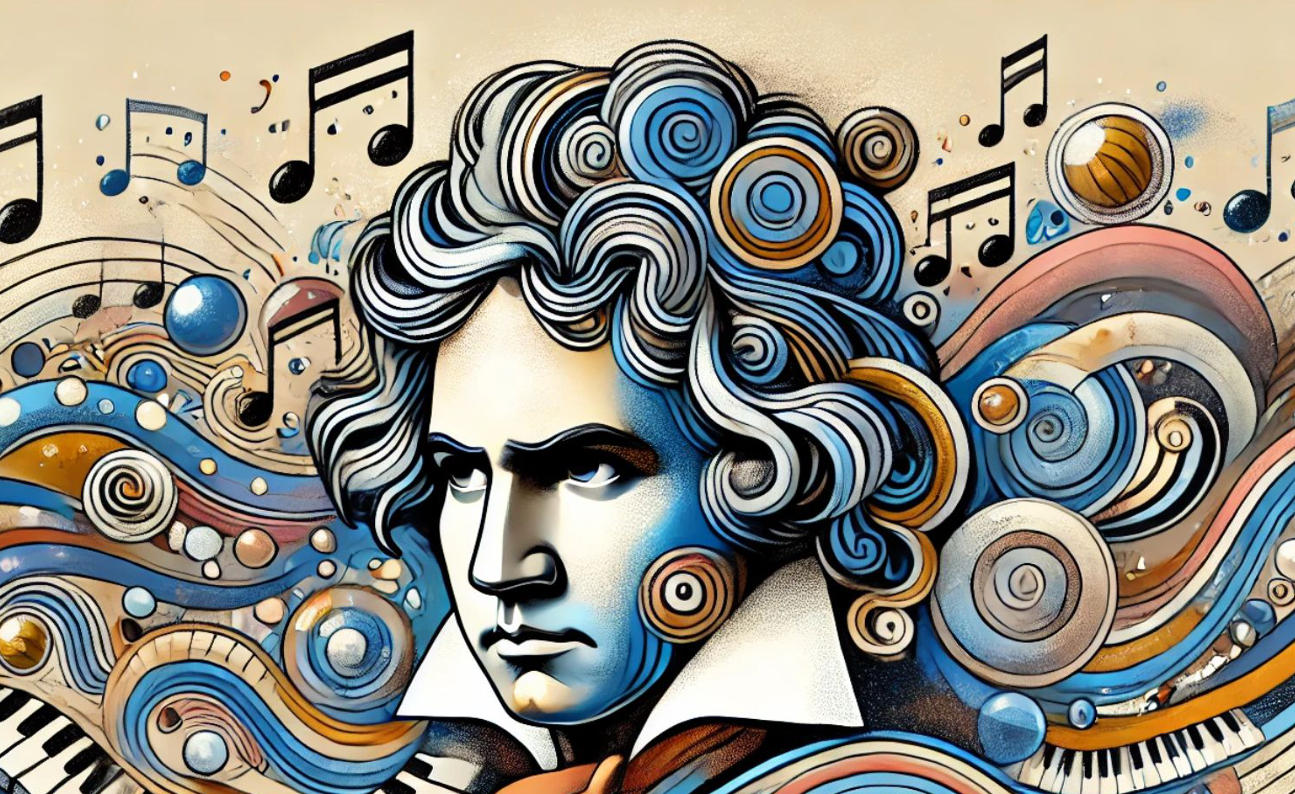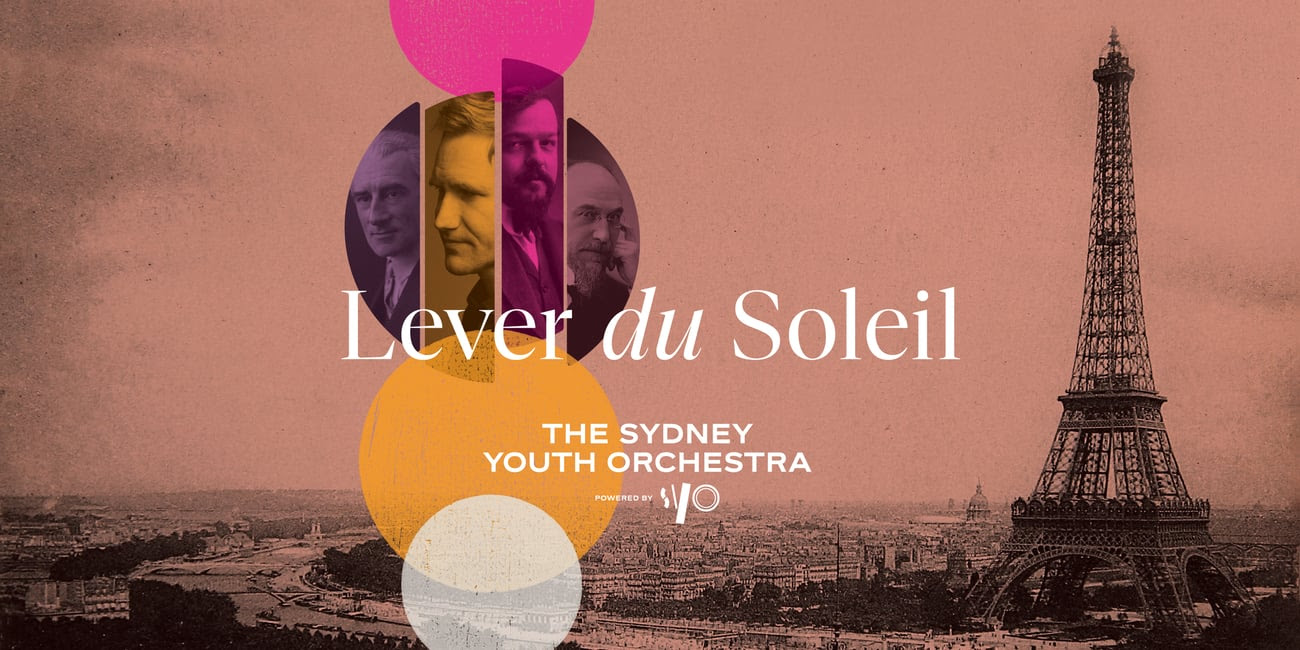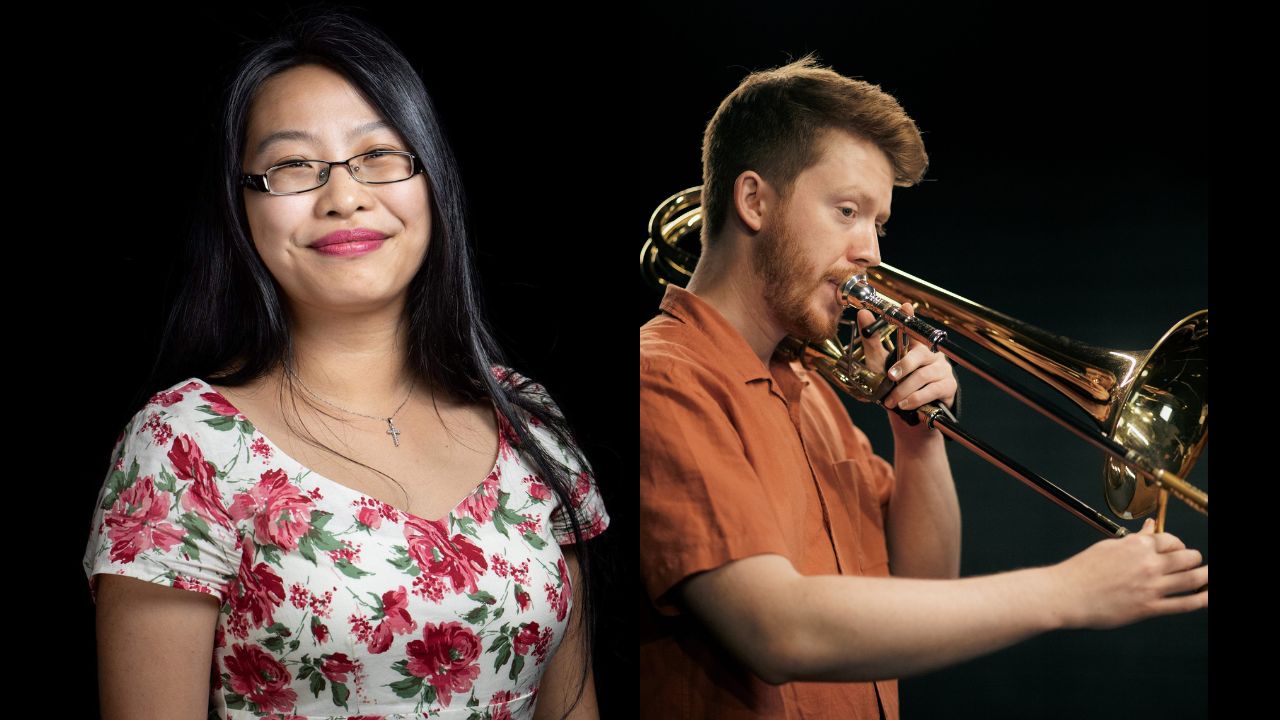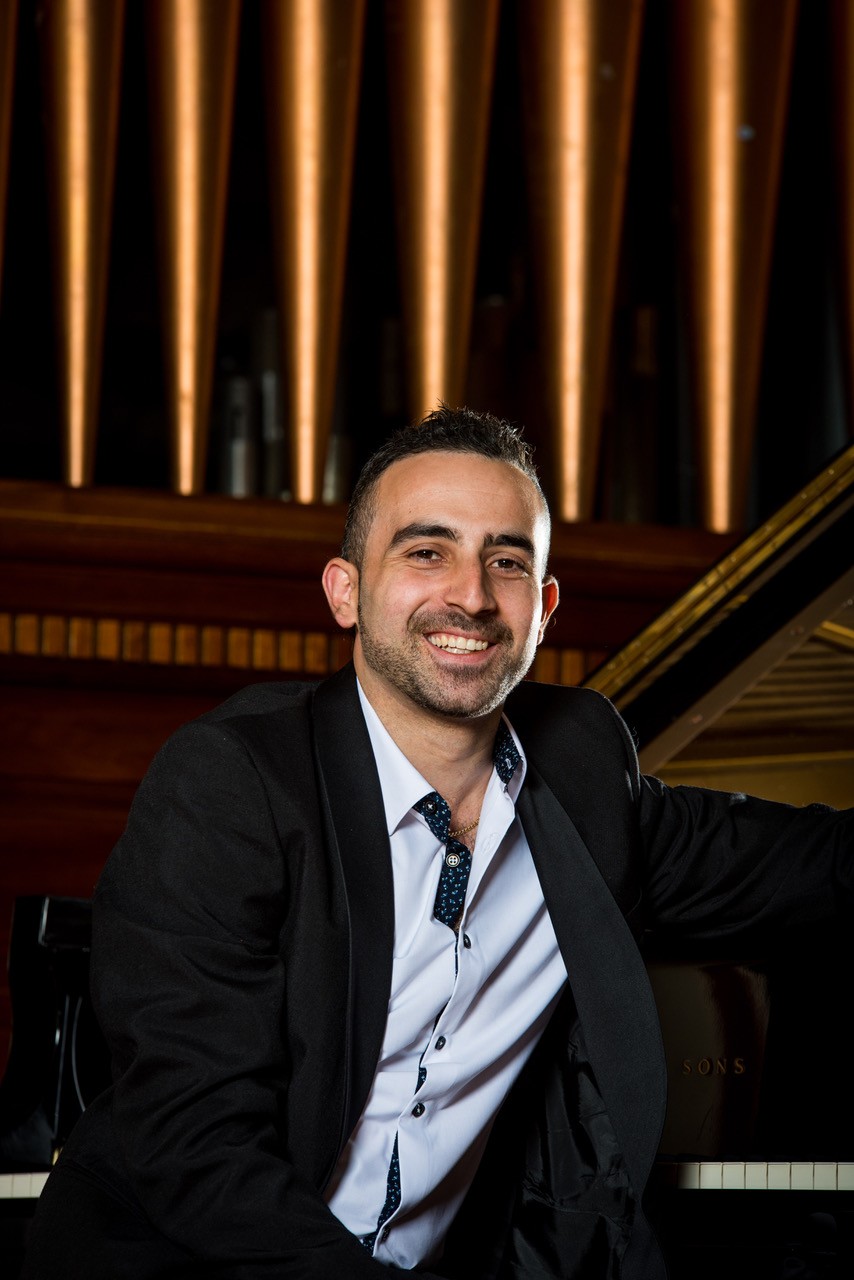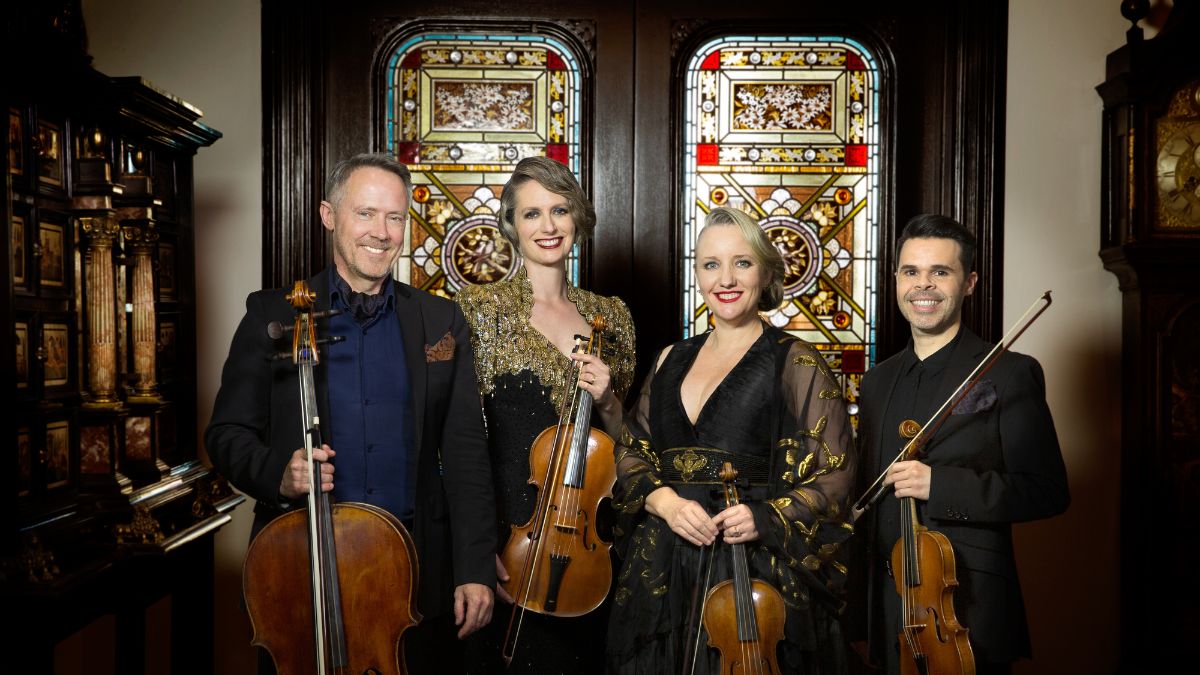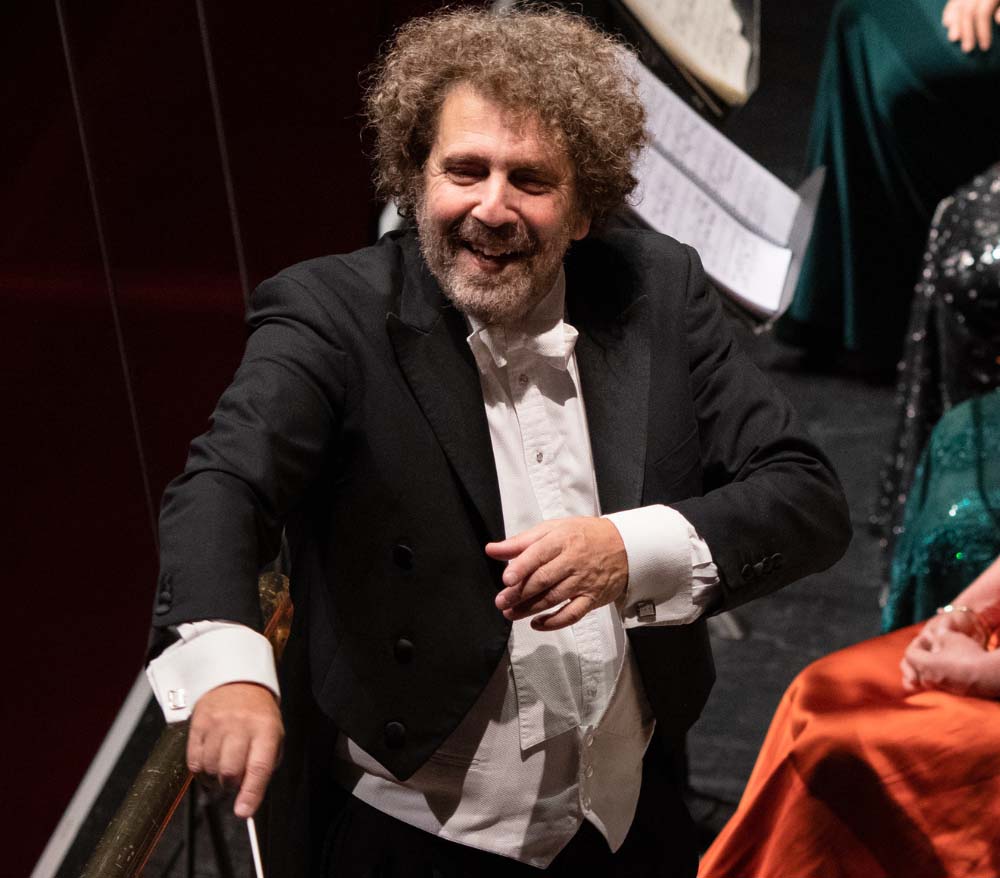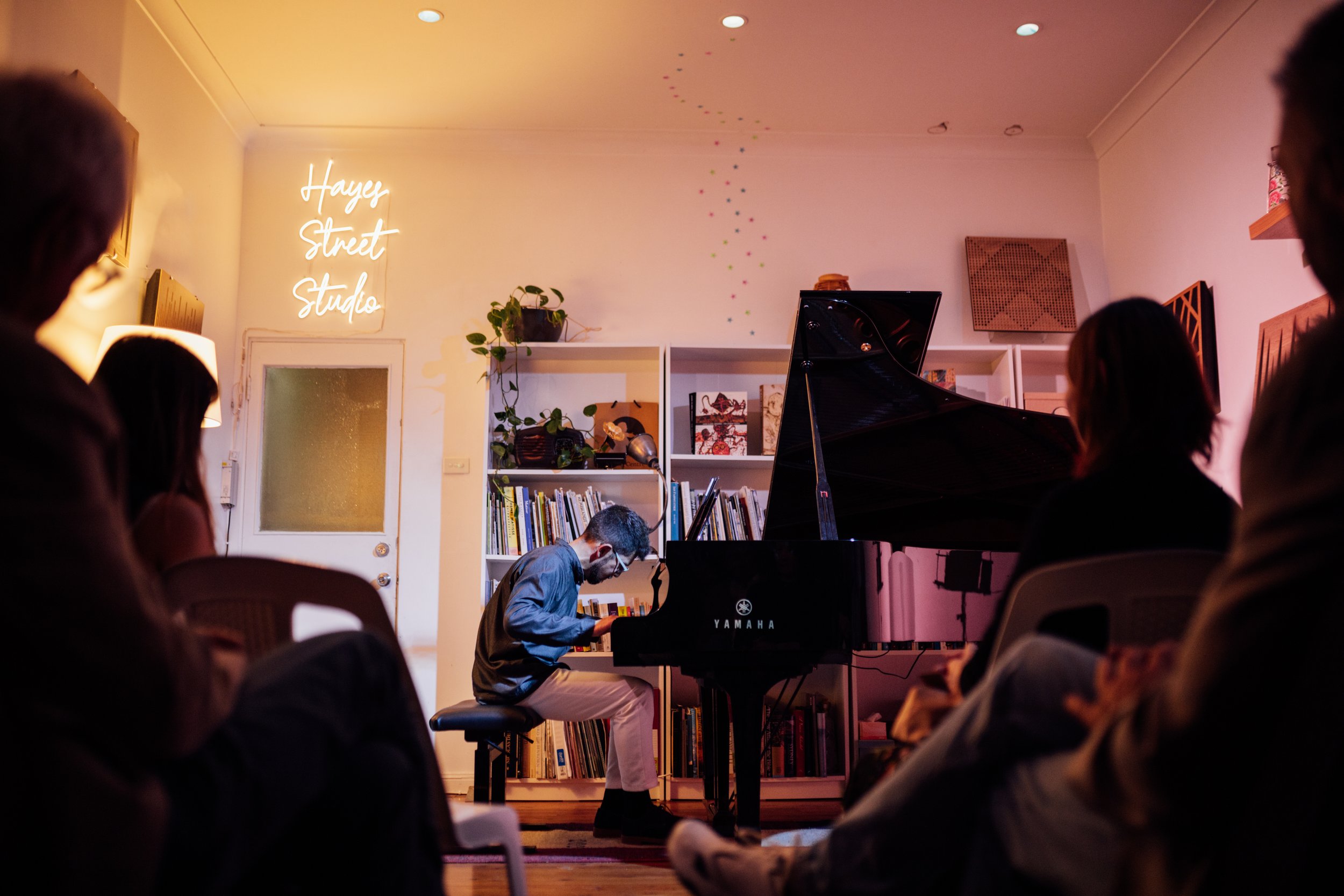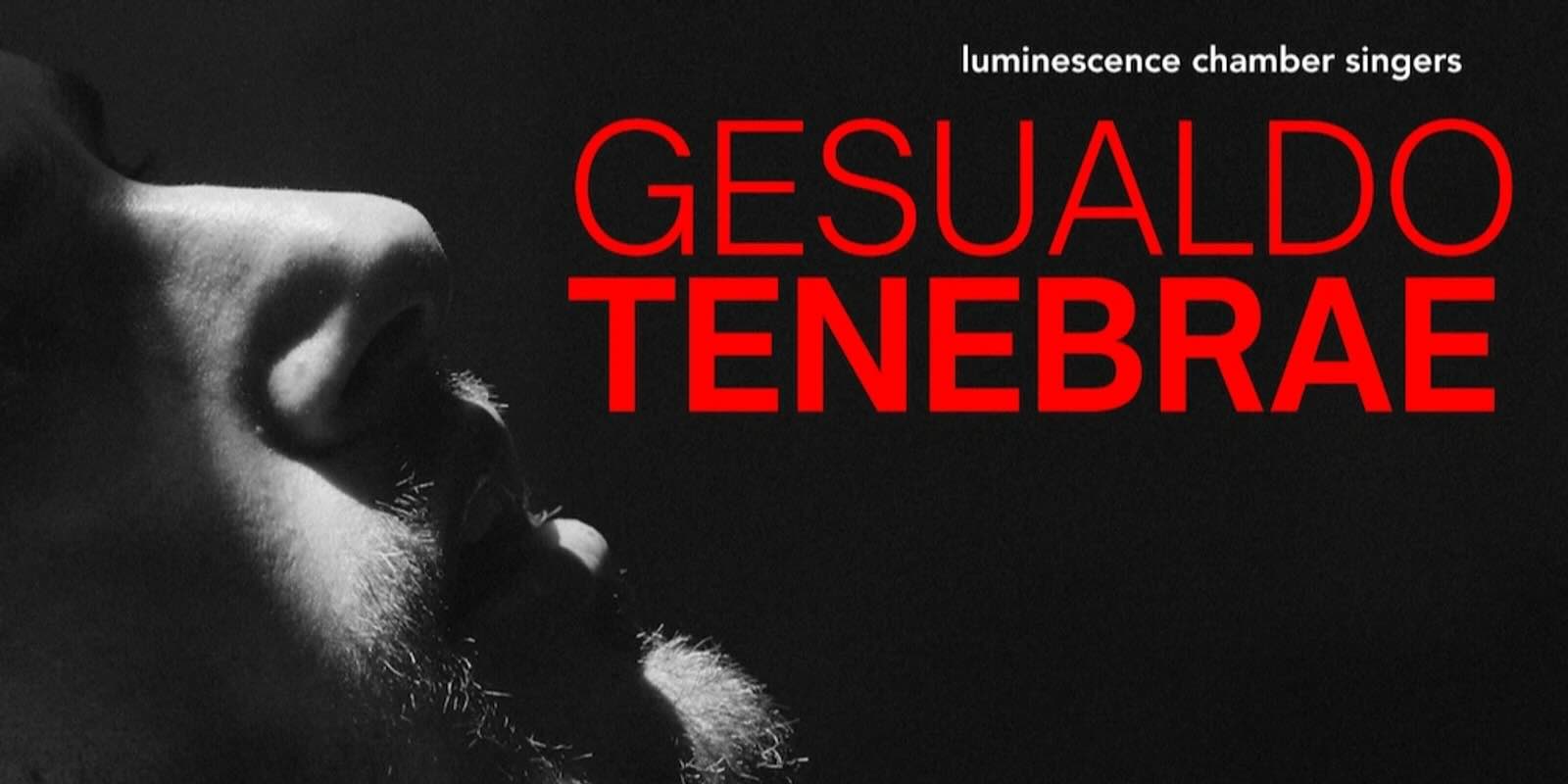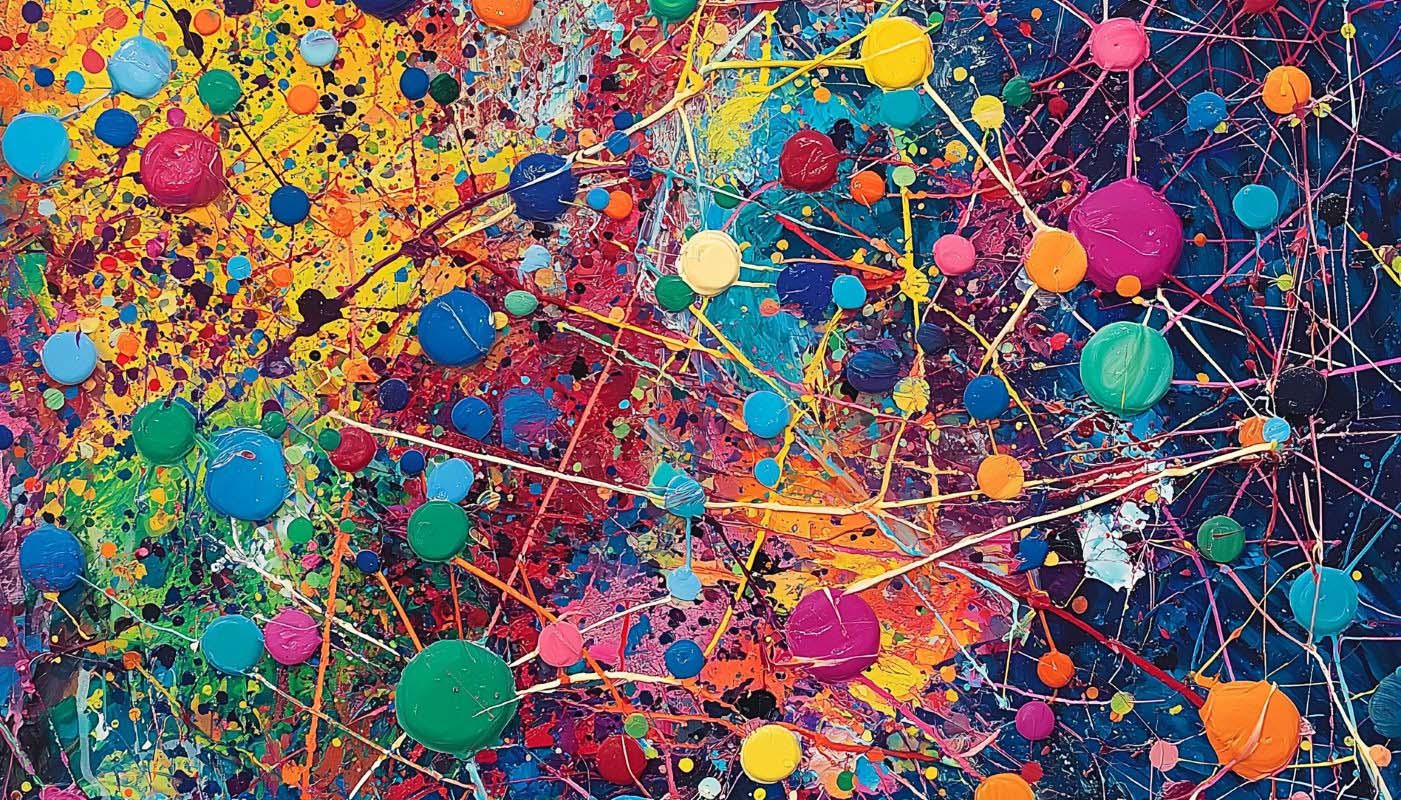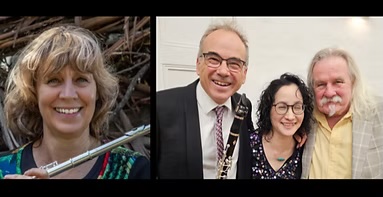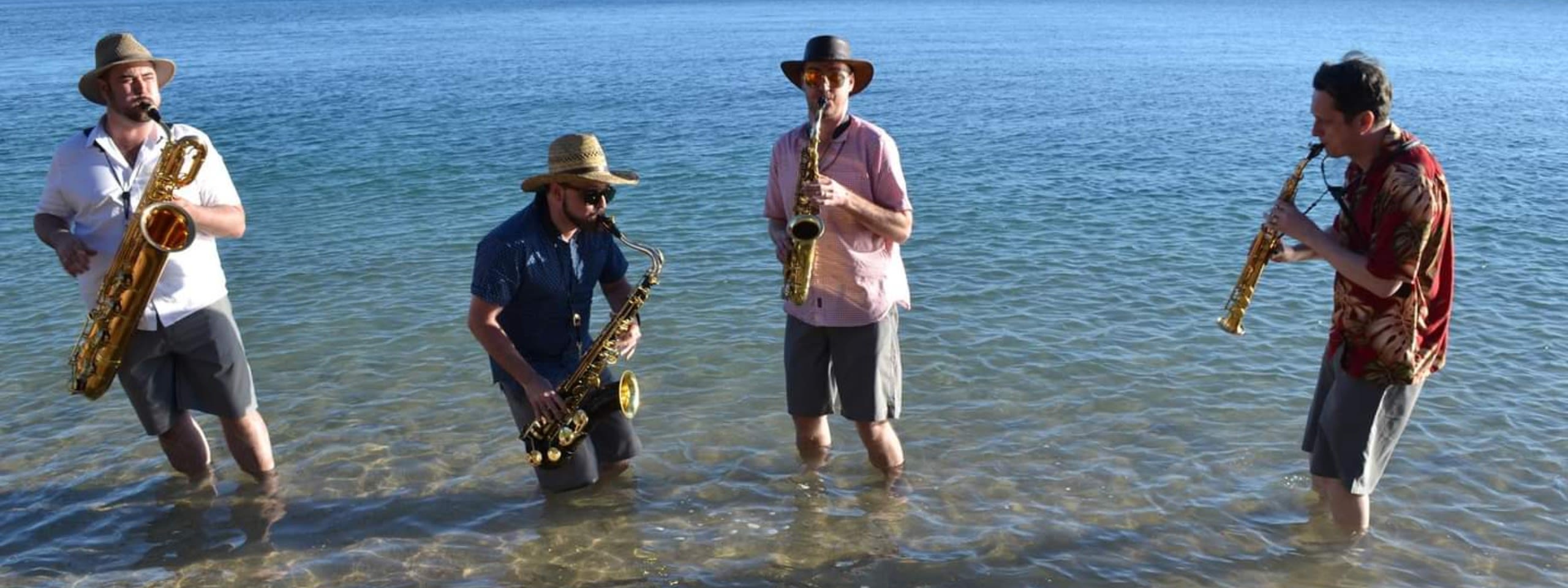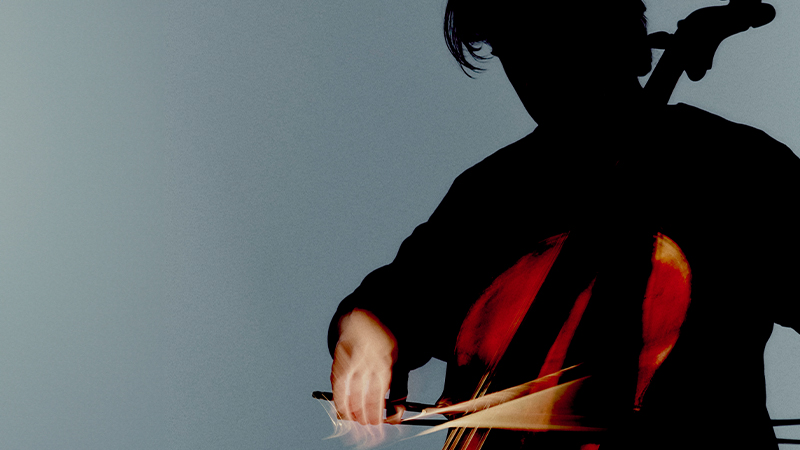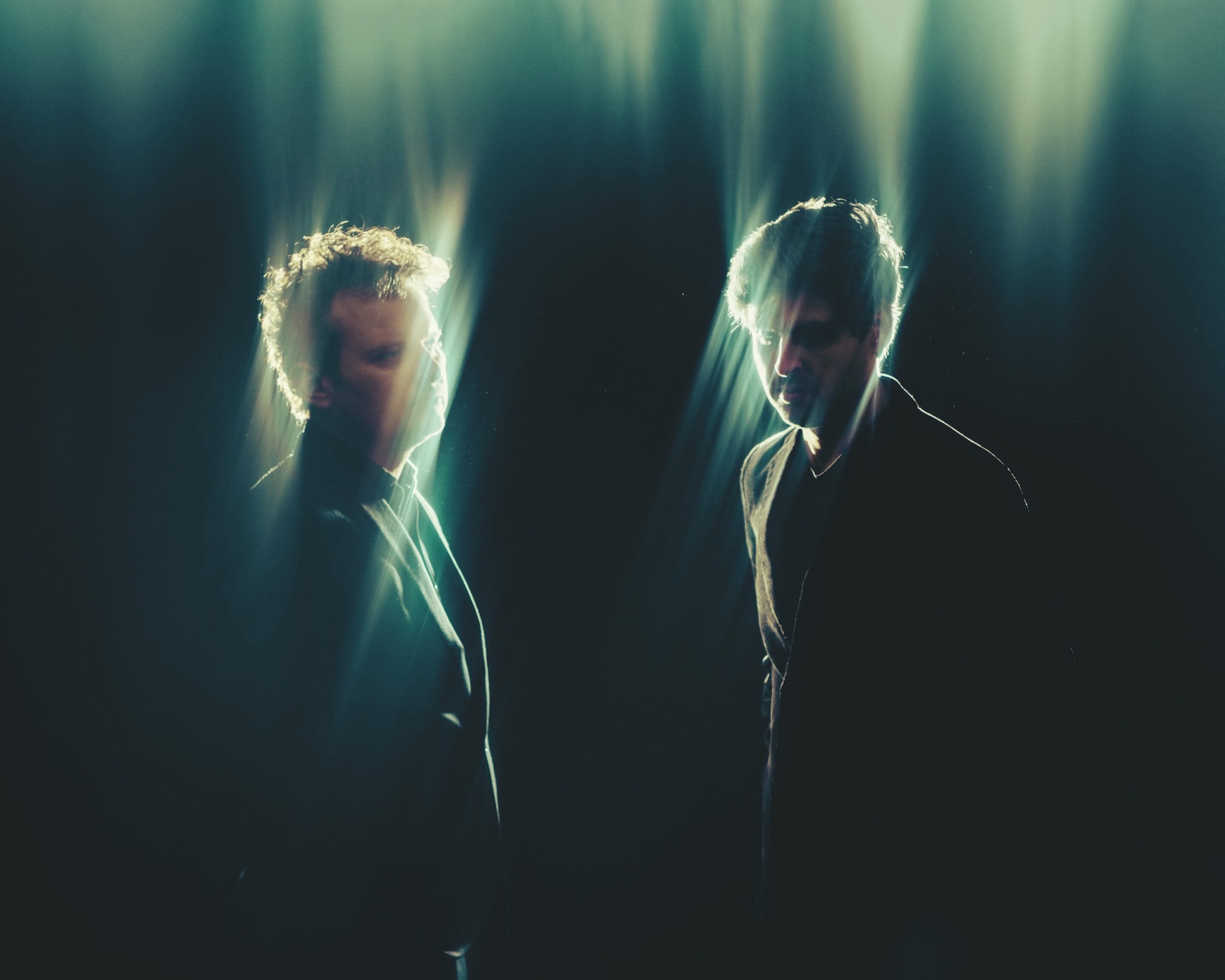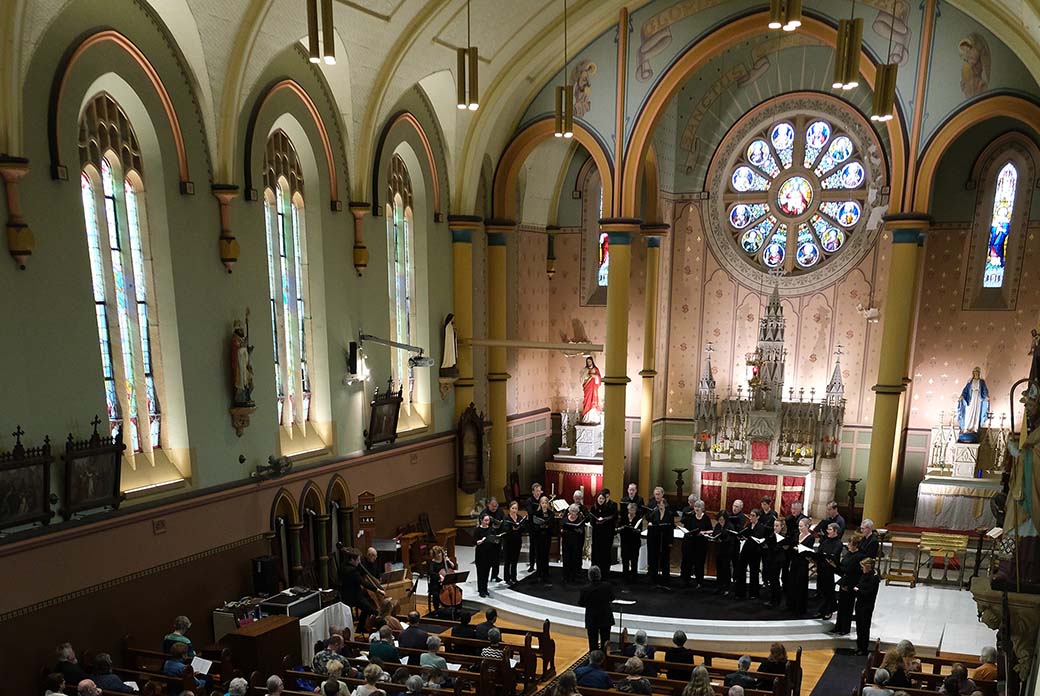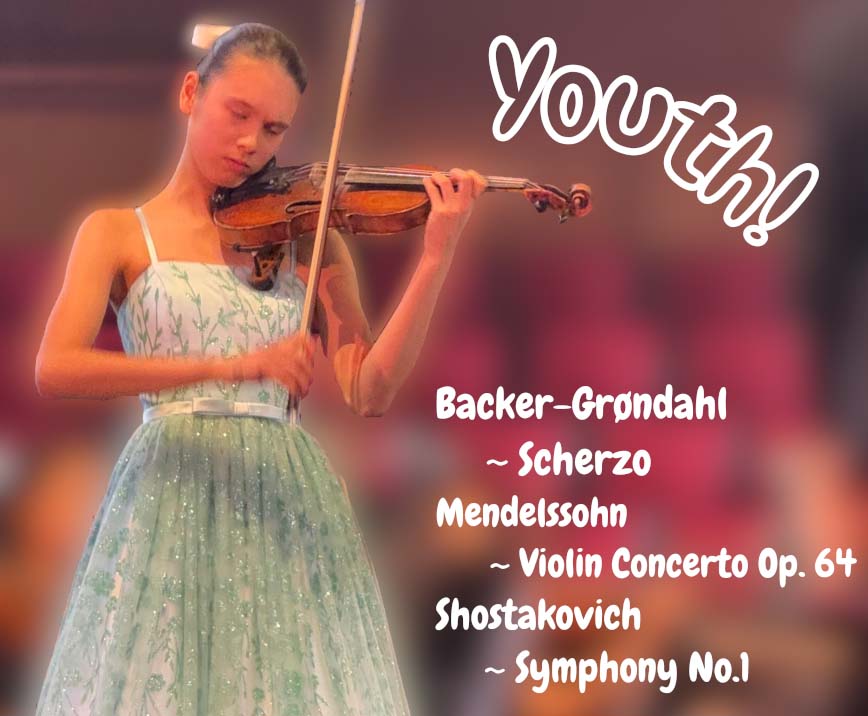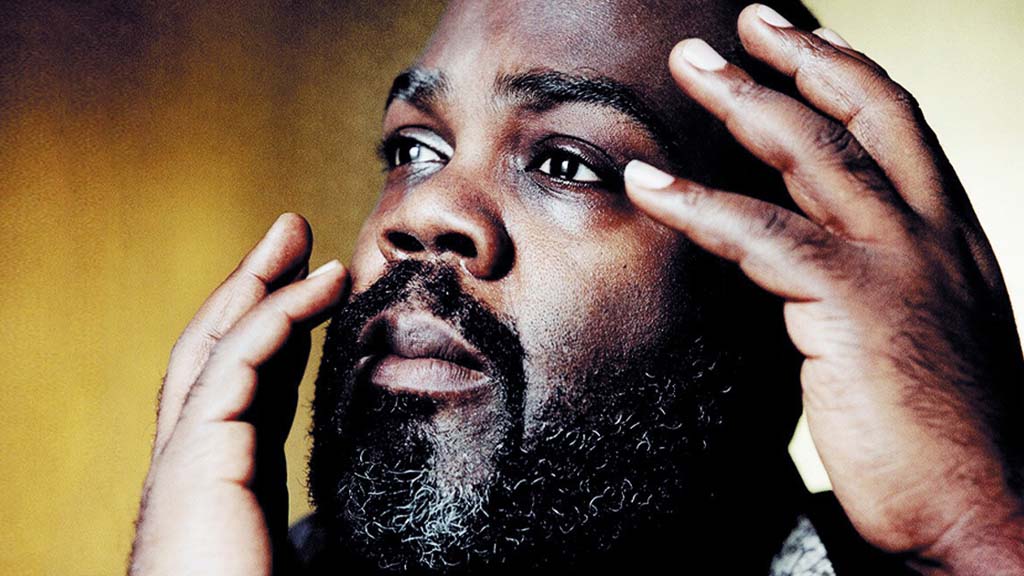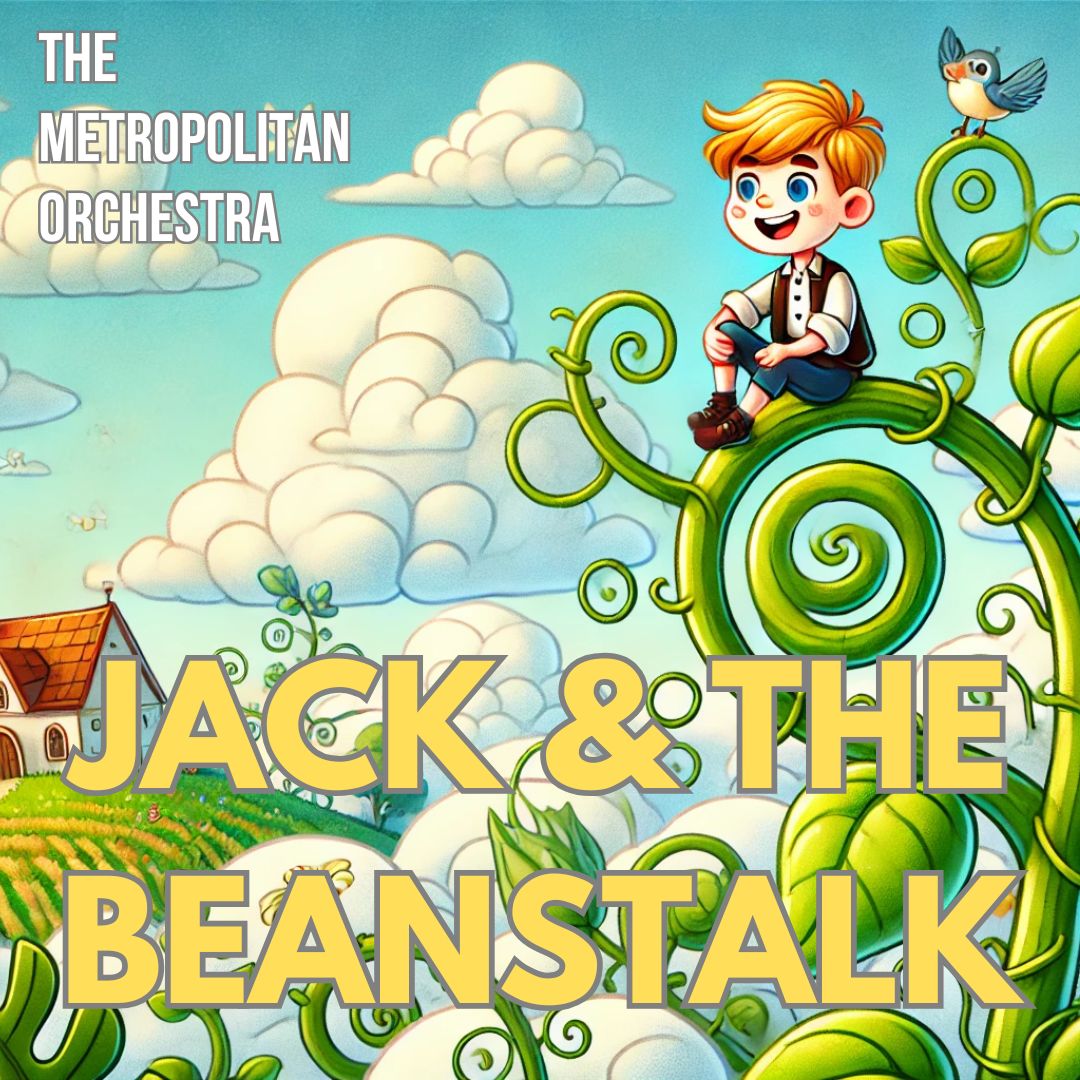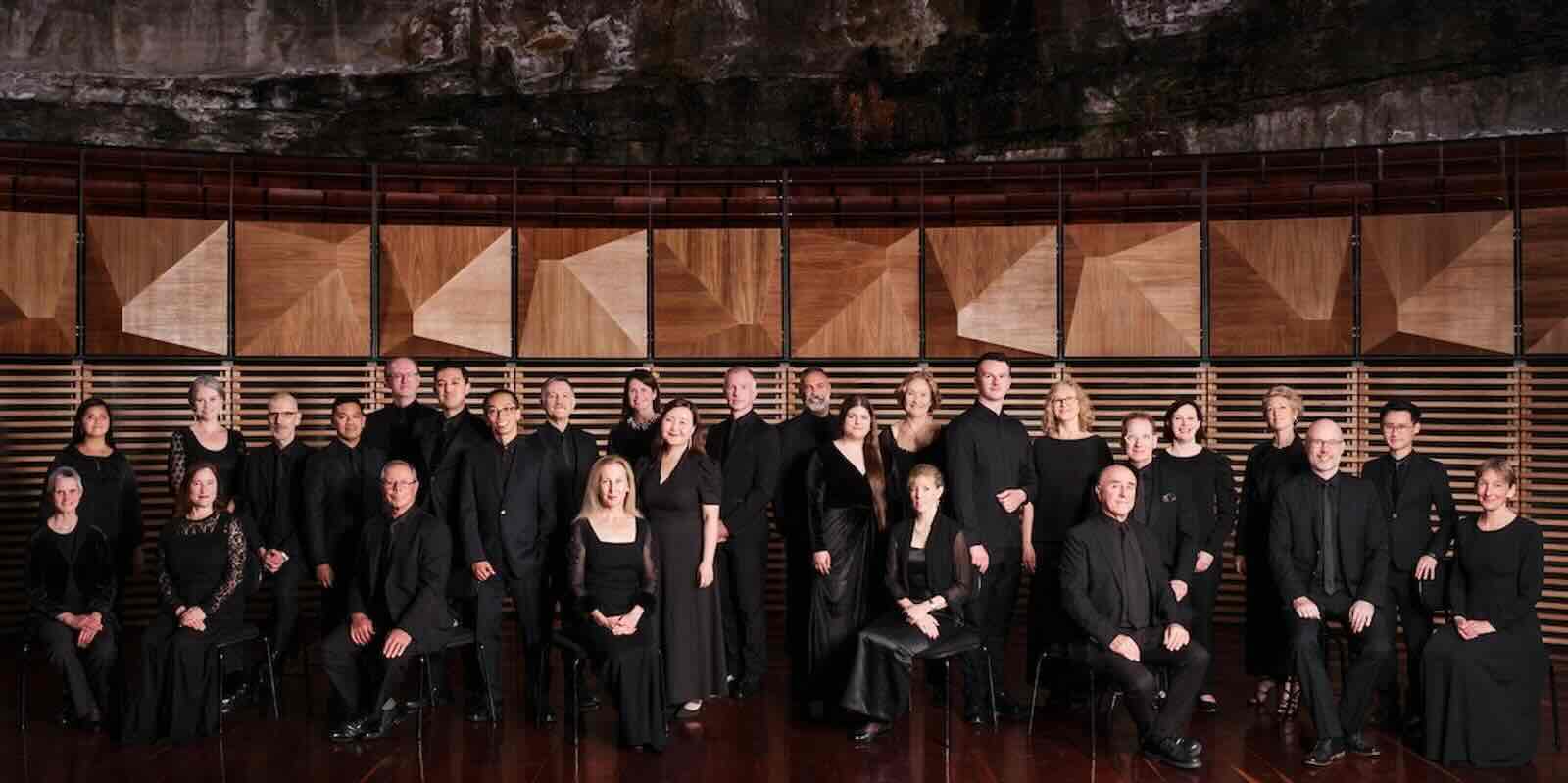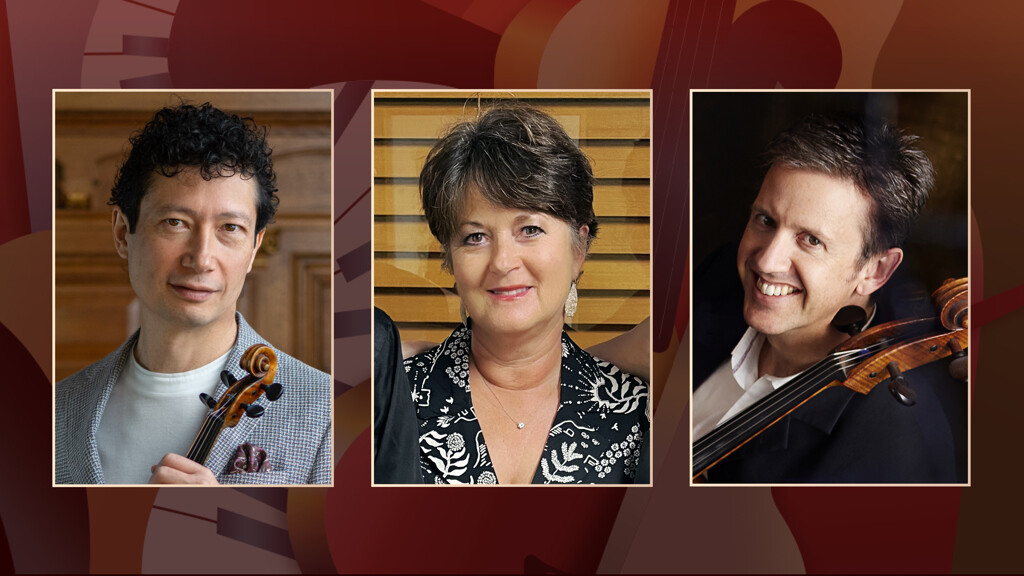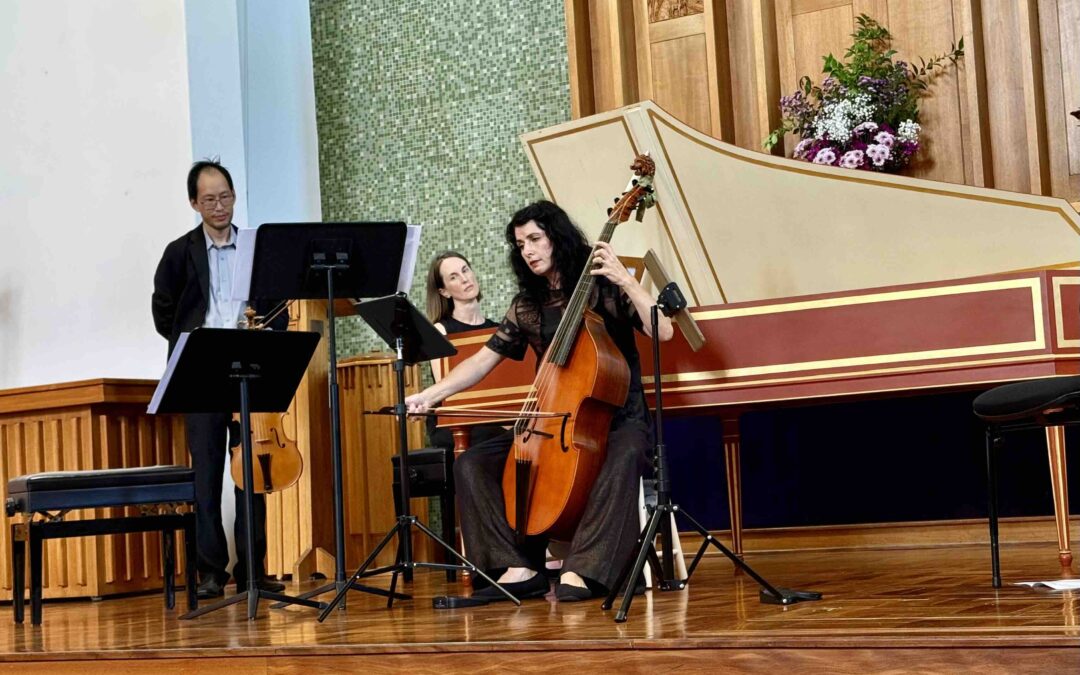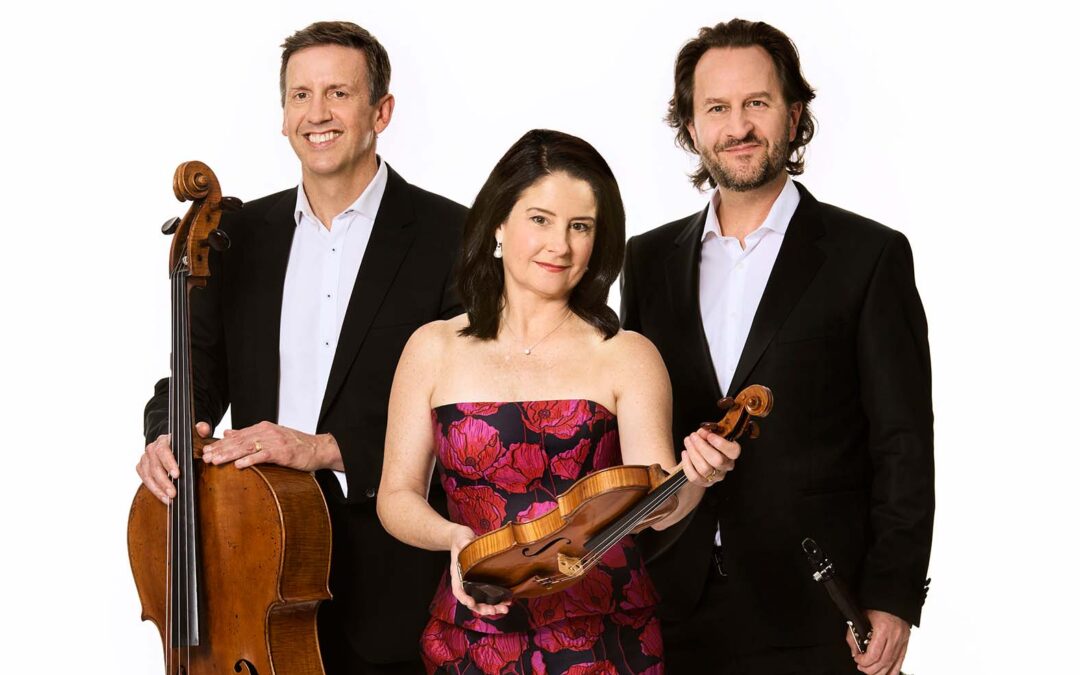This album was created as a companion to the National Gallery of Australia’s exhibition ‘Arthur Boyd: Agony and Ecstasy’. It is, as the CD booklet says, ‘a collection of snapshots, a survey of Australian music across the eight decades of Arthur Boyd’s life. However the booklet inexplicably gives no details about the artist Arthur Boyd and what works of art he created, which is rather odd. So let’s rectify that with a few facts.
Arthur Boyd the artist
Arthur Merric Bloomfield Boyd AC OBE was a leading Australian painter of the late 20th century. Boyd’s work ranges from impressionist renderings of Australian landscape to starkly expressionist figuration, and many canvases feature both. He was a prolific artist as the exhibition reveals-from ceramics, prints and sculptures to tapestries and a two-metre fragment of a mural that once adorned the dining room in one of the Boyd family homes. The sheer scale of some of his works – some were so large that Boyd had to dig a trench while working on them – as well as the long process of selecting and restoring those for display, meant the exhibition was apparently very expensive to stage.
Australian, eclectic & pastoral music
So what music was selected to coincide with the artist’s range of work over many decades? Like Boyd’s work it is certainly eclectic. We have Percy Grainger who appears to have been selected for his piece ‘Spoon River’ merely because he spent much of his career, like Boyd overseas and he was born just one year before Boyd was born. Not really a strong link to Boyd and his music, but it’s a nice piece.
And so the other choices continue this tenuous theme of choice. Mariam Hyde’s First Piano Concerto is from 1933, the date when Boyd apparently produced his first oil painting. It is not a great piece of music and rather derivative of other composers. Yes, I agree with the note in the booklet that it is gently pastoral but there may have been a better piece to convey the nature of Boyd’s pastoralism.
Alfred Hill’s Second Symphony was chosen because ‘its cheerful confidence is in direct opposition to Boyd’s experience of war’. Perhaps the closest link between Boyd the artist and a reason for selection is Peggy Granville–Hick’s Gymnopedie No 1 that draws on classical imagery to create Australian music. Boyd also blended Greek myths and Greek allegory with Australian stories and elements of indigenous spirituality.
There are other works by well-known Australian composers such as Peter Sculthorpe, Malcolm Williamson and David Lumsdaine, but generally it is all a bit of hotch potch. Trying to tie music back to a specific artist is really hard and this CD proves it. Buy it as a curiosity if you want an overall snapshot of Australian music over eight decades but not as any great link to Arthur Boyd.
